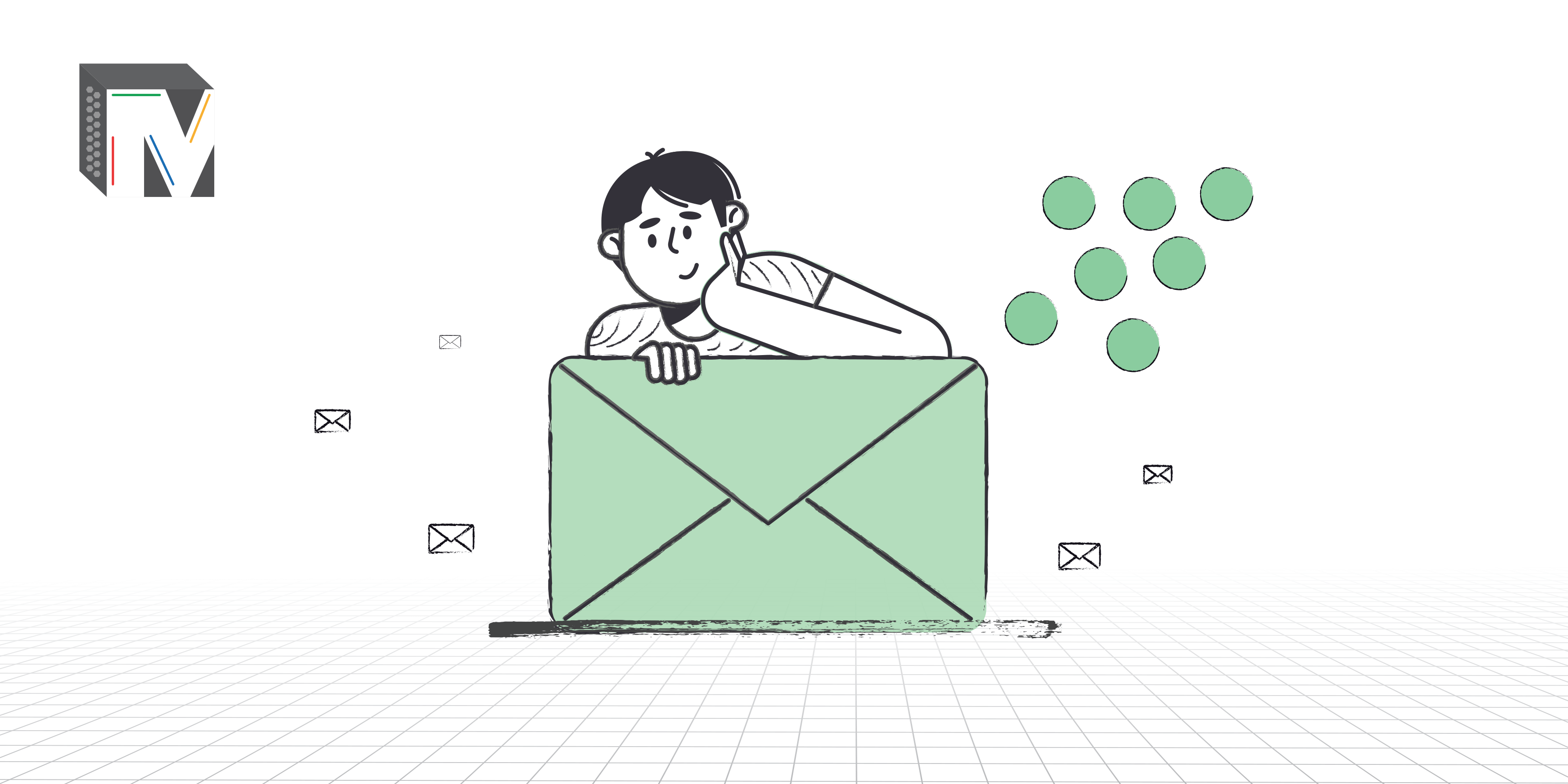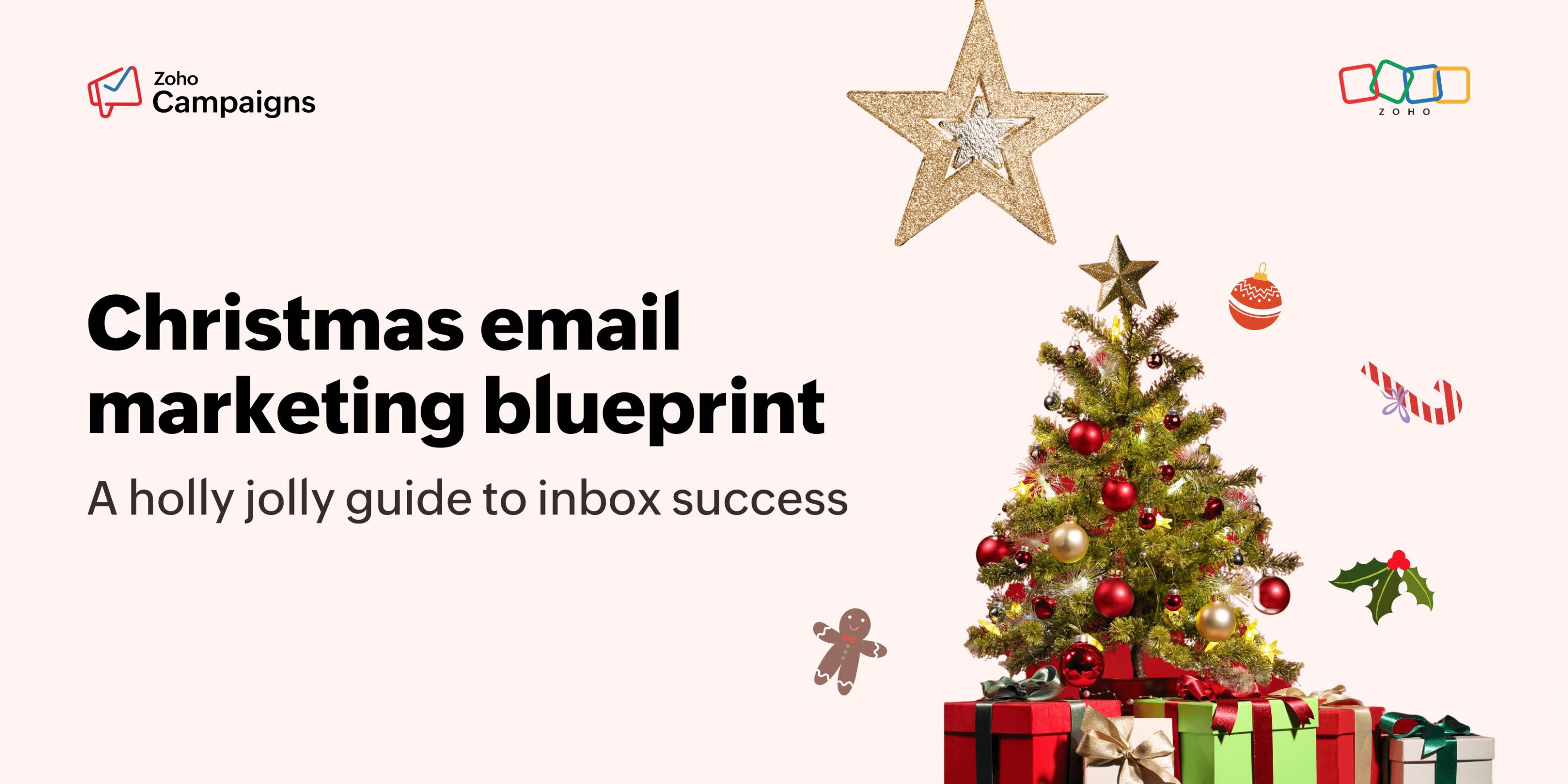- HOME
- Email Marketing
- Email marketing strategy in 7 steps for small business owners
Email marketing strategy in 7 steps for small business owners
- Last Updated : November 24, 2023
- 302 Views
- 6 Min Read

At Zoho Campaigns, we endeavor to help you improve the outcomes of all your marketing efforts.
In this quick guide, we're sharing the top seven steps for getting your email marketing strategy up and running.
If you are an experienced email marketer, here is a checklist of 5 important metrics that you must track to elevate your email marketing strategy.
Step 1: Know your audience
To run successful email marketing campaigns, it is crucial to have a deep understanding of your target market. Your target market consists of various buyer segments that you can categorize. Consider segmenting your buyers based on demographics, psychographics, or any other relevant method.
For example, if you own an apparel store, you may want to segment your buyers by gender, life stage (e.g., for those purchasing kids' clothing), price points (budget or premium), and lifestyle (including those buying party wear or office wear).
It is important to personify each segment, and one simple way to do this is to visualize your ideal customer for each one. Once you have a clear understanding of your target audience, you are prepared to take tangible and strategic steps towards running highly effective email marketing campaigns.
Step 2: Build your email list
Now that you have a clear idea of how you wish to segment your audience, it's time to build and manage your contact list.
The first step is to create clear signup forms on your website. Ensure that the questions on these forms, or the pages that they are placed on, clearly identify customer segments or personas.
Take the time to label your lists correctly and possibly add brief descriptions. This small but thoughtful action will be appreciated in the future when you need to access certain lists quickly or better understand what they entail.
Step 3: Choose the most effective email tool for your business
While we have already covered the topic of entering your lists into an email marketing tool, we have yet to discuss how to choose the right tool for your business. Consider these parameters when comparing the tools:
While we have talked about this topic in detail in another post, we can summarize the decision making parameters here:
a) Value vs. features
Be cognizant of the value in terms of costs and features a platform provides. Remember that costs can increase as the number of contacts in your lists grows. It is essential to choose a platform that can cater to your current as well as future needs. You may only require a few features right now, so it's advisable to invest in a platform that can cover at least 80% of the features you will need in the future. Finding the right balance is key to avoid overpaying for unnecessary features or selecting a platform that cannot scale effectively.
b) Platform longevity
It is vital to assess if the software company is established, well-funded, and has built a strong reputation in the market. Avoid basing your decision solely on objective parameters. While a new software solution may offer great value in terms of features, the longevity of the company is crucial for building a reliable business pipeline.
c) Ecosystem and switching costs
Switching software or platforms can be both expensive and time-consuming. You should consider software which has a strong ecosystem built around it, so you can seamlessly bring in new features and capabilities when you are ready to scale. This will eliminate the need for frequent platform switches every time your business experiences significant growth.
The post 'Choose the right email marketing platform' covers these points in detail.
Step 4: Create stellar email content
At this stage, you already know who you're sending your emails to (step 1) and how you're doing it (steps 2 and 3). Now it's time for the what. That is, what are you sending out as the content of the email? As a business owner, this is where your expertise and creativity come into play. Based on your understanding of your business and your target audience, decide what message you want to convey to the recipients.
Are you launching a new product or service? Perhaps you want to remind your customers of their previous purchase and encourage repeat business.
Whatever your objective, note it down clearly. You can consider sending out welcome emails (to new users), newsletters (to existing users), business updates, or targeted offers to specific segments.
You will need to build this email on the platform you have chosen, usually using its drag-and-drop elements. You should also optimize your emails for mobile devices to ensure your audience can easily engage with your content.
Effective practices for impactful emails include compelling subject lines, relevant links, images, and a clear call to action.
By following these guidelines, you can create stellar email content that captures the attention of your recipients and drives the desired engagement.
Step 5: Determine the best send time
You've put in a substantial amount of effort to do your research, and now you are ready to send your first email campaign. It's important that this email reaches the recipients' inbox at the optimum time for them to open and engage with your content. Since this is your first campaign, you need to ensure that you use the send time optimization feature so the email pops up when your audience is most likely to read it. As a rule of thumb, avoid Monday mornings for sending promotional content. Instead, aim for Thursdays, Fridays, or even weekends if you are a B2C company.
A point to note is that once the platform has gained sufficient data regarding your recipients’ preferences, you will be able to leverage advanced send time optimization. With this option, the platform dispatches emails in batches according to each recipient's unique preferences. This feature analyzes the sent emails to determine the most effective time for future communications to each individual contact and schedules subsequent emails accordingly.
Step 6: Automate
Congratulations on successfully sending out your first email campaign! Before the rewards start rolling in, let’s dive into an indispensable aspect of modern email marketing: automation.
Automation allows you to create customer journeys, where a series of emails are triggered based on the actions (or lack thereof) that recipients take with the initial email they receive. But that's not all—you have an array of triggers at your disposal. For instance, when a new contact gets added to your list, a welcome email can be automatically sent to them.
If a recipient opens an email but doesn't take the desired action, you can follow up with a targeted email to re-engage them. The possibilities for triggers and actions are limitless, and it adds so much more power to your email marketing. Once set up correctly, you can sit back and relax as your campaigns help you scale your business' revenue.

Step 7: Track, analyze, and improve
Now on to the very last step! The hallmark of a strong marketer is continuous improvement. So, when your email campaign is sent out, you should ideally be eagerly waiting for the results to come in. Since this was your first campaign, correctly interpreting the data is vital. Understanding the insights provided in your email marketing tool's reports section will help you enhance your future campaigns.
Kick-start your analysis by checking the click-through rates, bounces, email opens, and unique clicks. Low open rates usually indicate suboptimal subject lines, low delivery rates, or even bad send times. A high bounce rate suggests the need to improve the quality of your customer data. By delving into these metrics and considering how to improve them in your next campaign, you can elevate your email marketing skills and become an effective marketer.
The key takeaways
Mastering email marketing is a pivotal step for small business owners looking to elevate their marketing strategy. At Zoho Campaigns, we're committed to helping you achieve the best possible outcomes in your marketing efforts.
Remember that email marketing is an ongoing process, and by following the steps outlined in this guide and staying committed to improvement, you can harness its full potential to engage your audience and drive business growth. If you have questions or need further guidance, feel free to reach out to us. Your email marketing journey is just beginning, and we're here to support your success.



